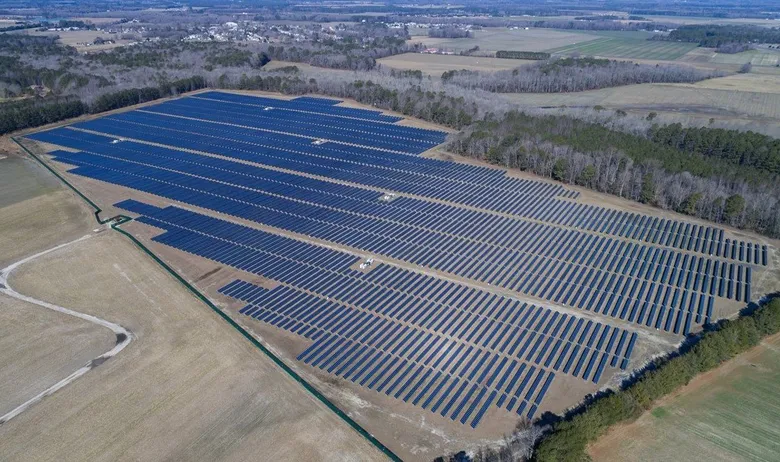The Horse Heaven Clean Energy Center was set to be a massive project worth $1.7 billion, boasting wind turbines, solar farms, and battery storage. However, its size was recently cut in half!
The project has been stuck in the approval process for years due to concerns about endangered ferruginous hawks. These large hawks are a protected species, and their nests are scattered throughout the planned wind farm area.

To protect the Hawks, the state energy board implemented a new rule. Wind turbines can no longer be built within two miles of these hawk nests, significantly limiting the number of turbines the project can accommodate. This ultimately led to the project’s size being reduced by half.
The Audubon Society, a bird conservation group, is on board with the EFSEC’s decision to limit turbine placement near hawk nests. They believe wind energy can coexist with wildlife if planned carefully.
However, the company behind the wind farm (Scout Clean Energy) isn’t happy about the project being downsized. They can still appeal the decision, though.

If the appeal to EFSEC fails, the case gets bumped up to Governor Jay Inslee for a final ruling. Wind energy plays a significant role in Washington’s clean energy mix, supplying nearly 8% of the state’s electricity. This decision could impact future wind farm development and the balance between renewable energy and wildlife protection.
Washington ranks #3 in the US for generating clean energy, trailing only California and Texas. Wind power currently provides nearly 8% of the state’s electricity.
The state has a big goal: by 2045, all electricity sold in Washington must come from renewable or clean sources that don’t produce harmful emissions. This means they’ll need to find ways to replace natural gas and other non-renewable sources with clean energy options like wind and solar power.

